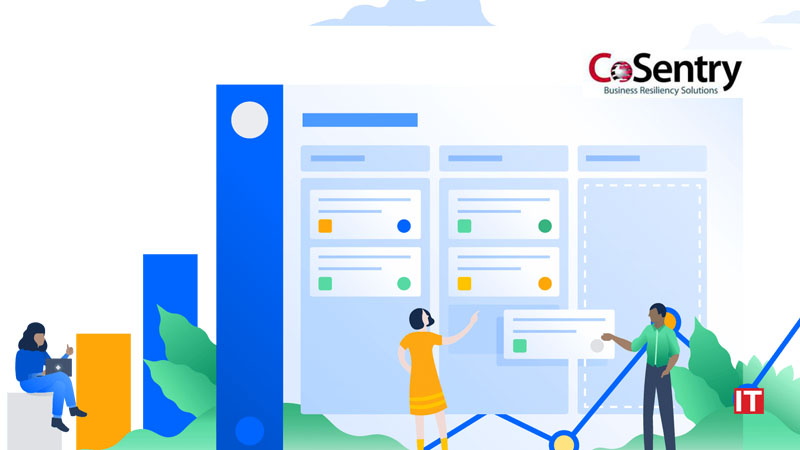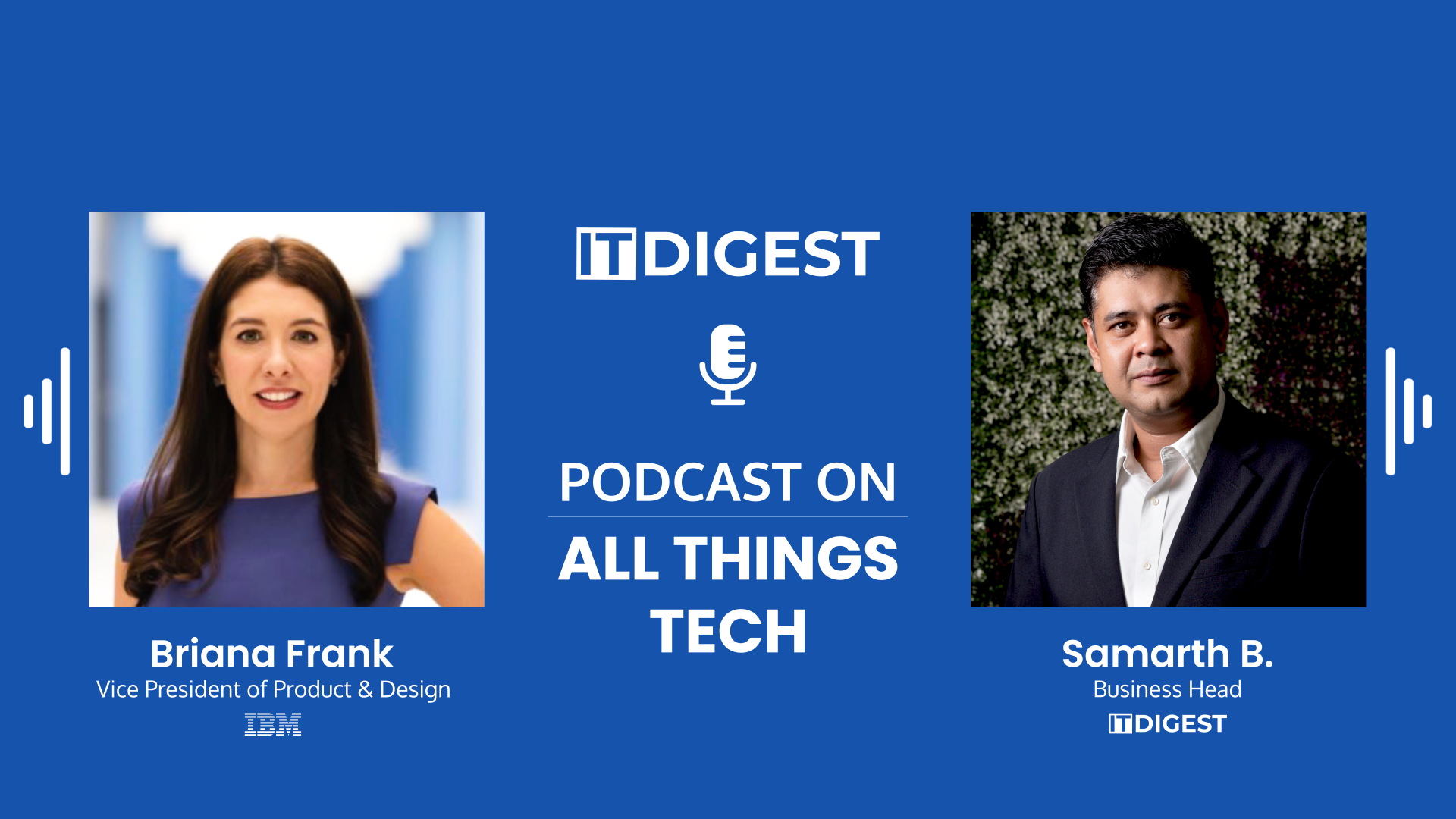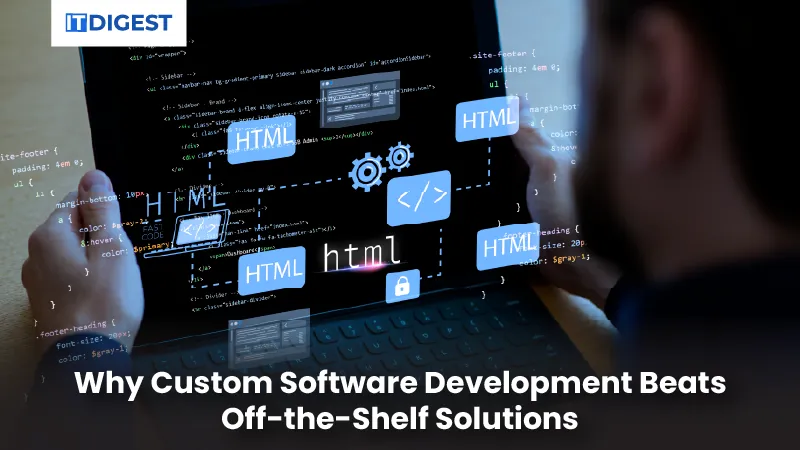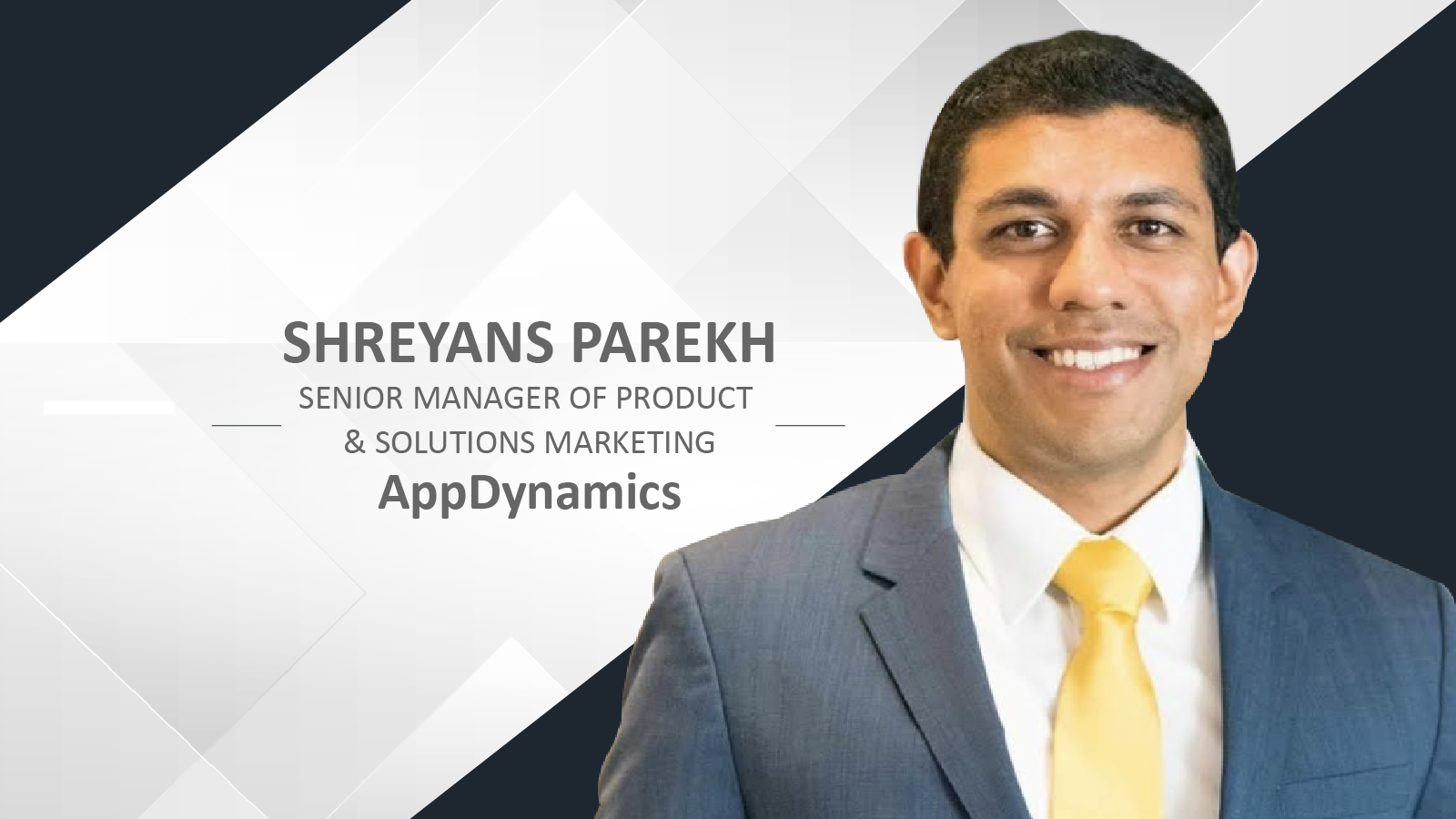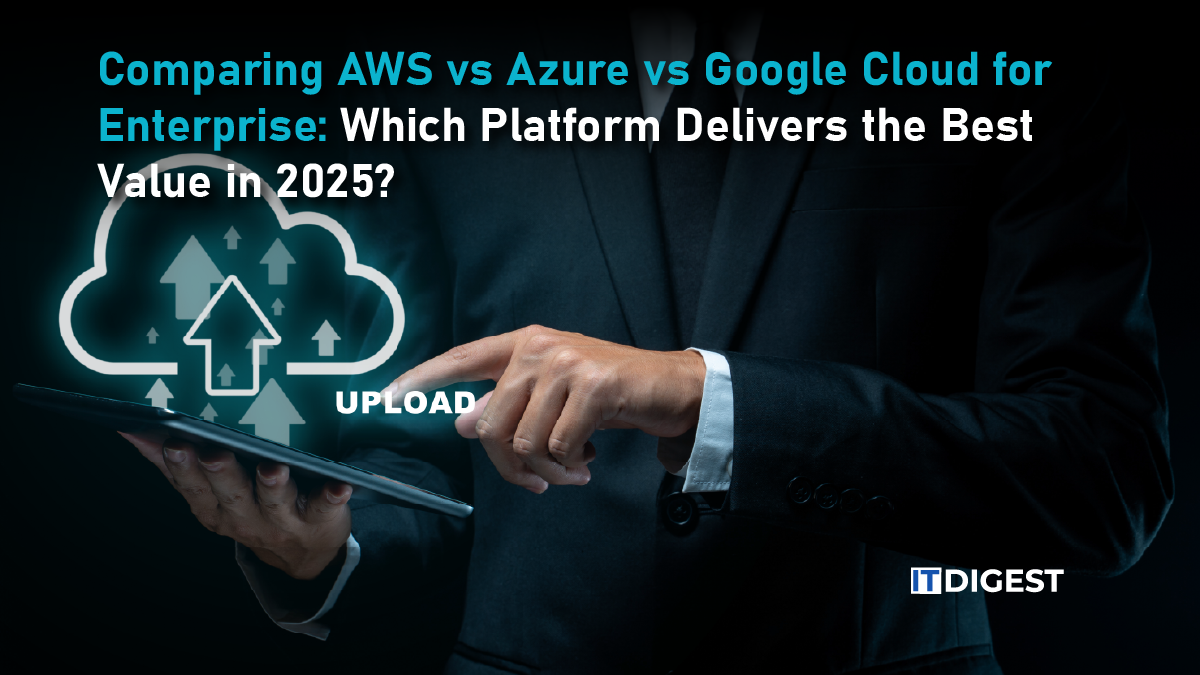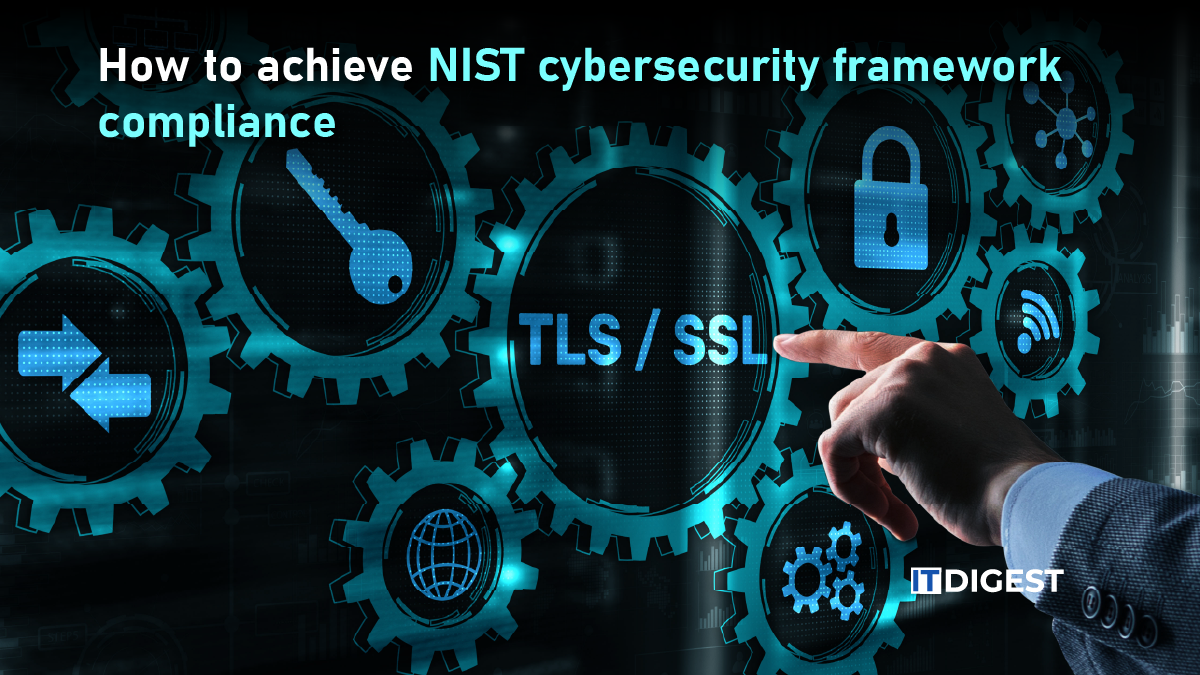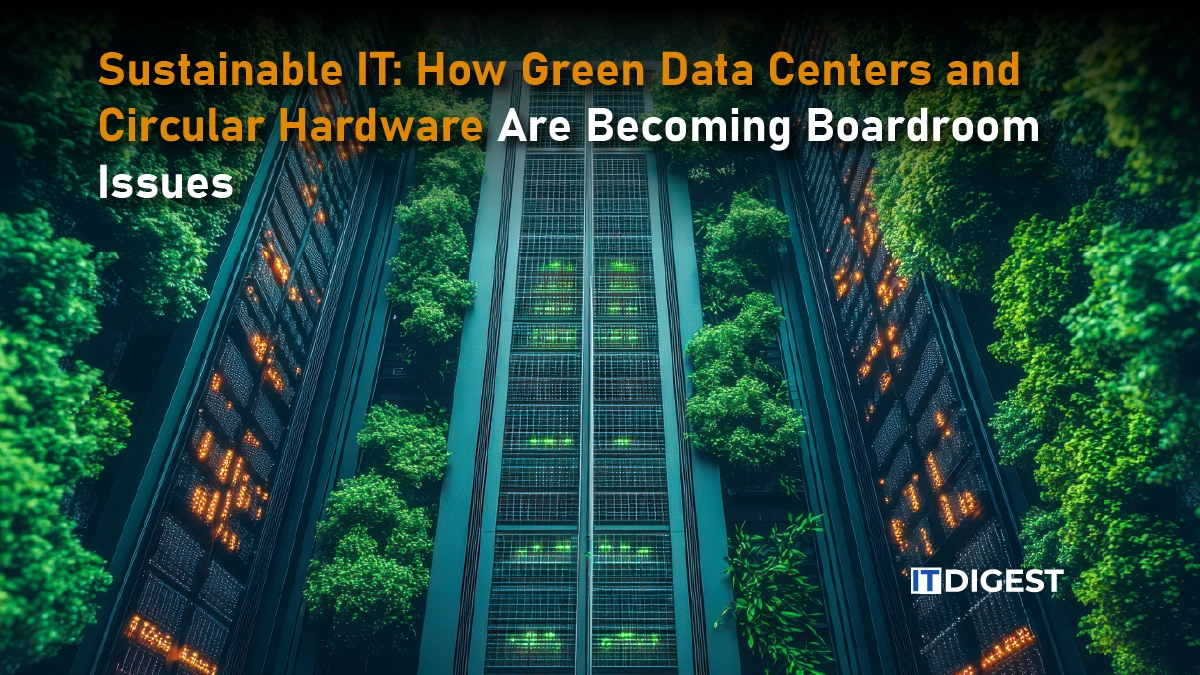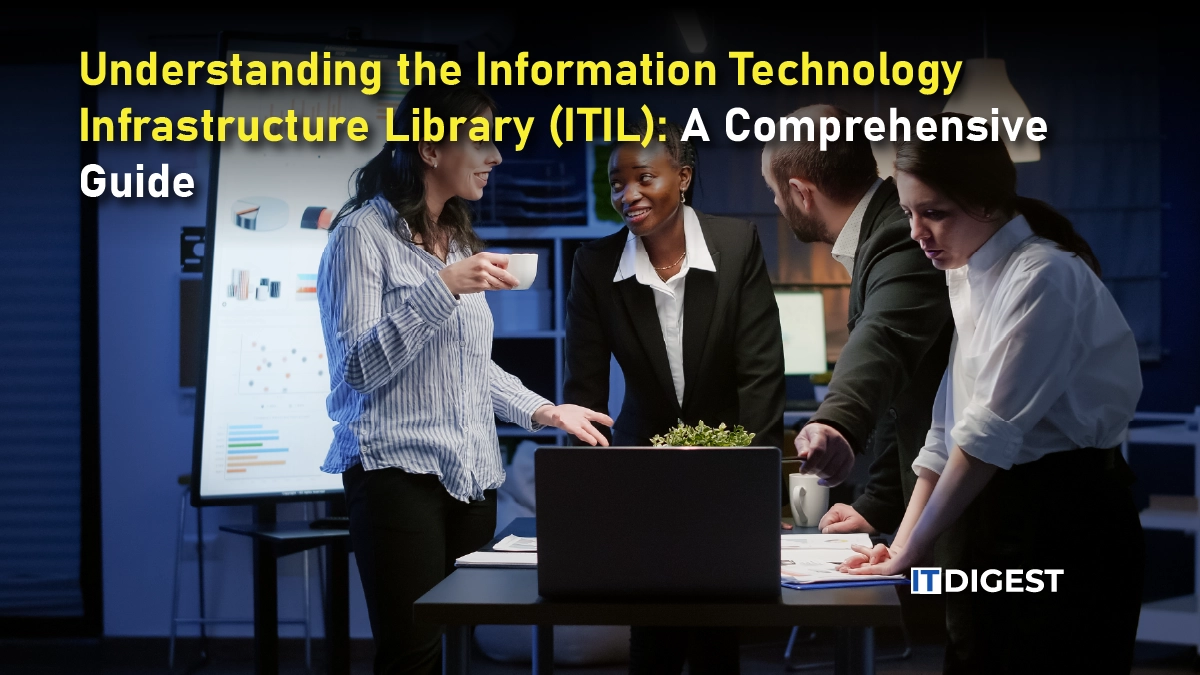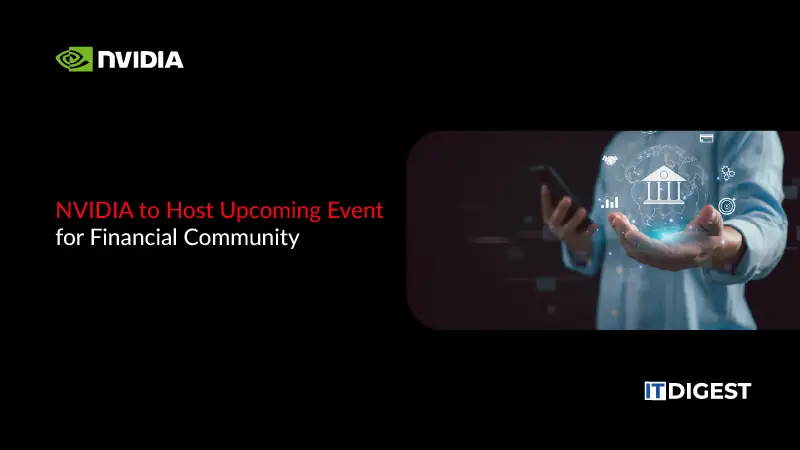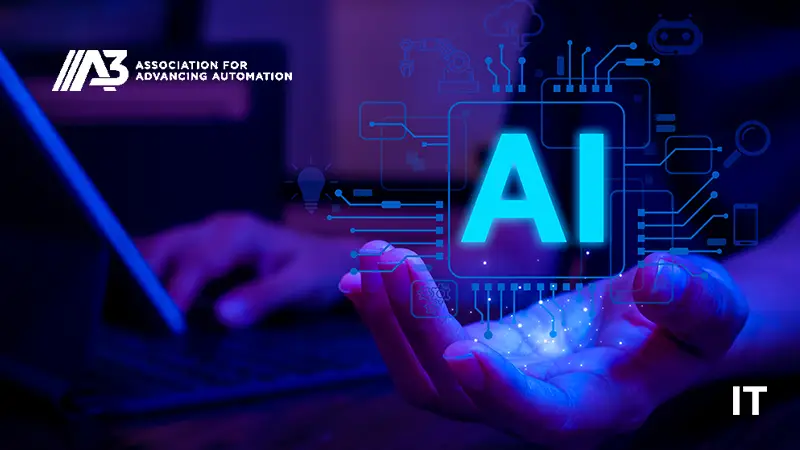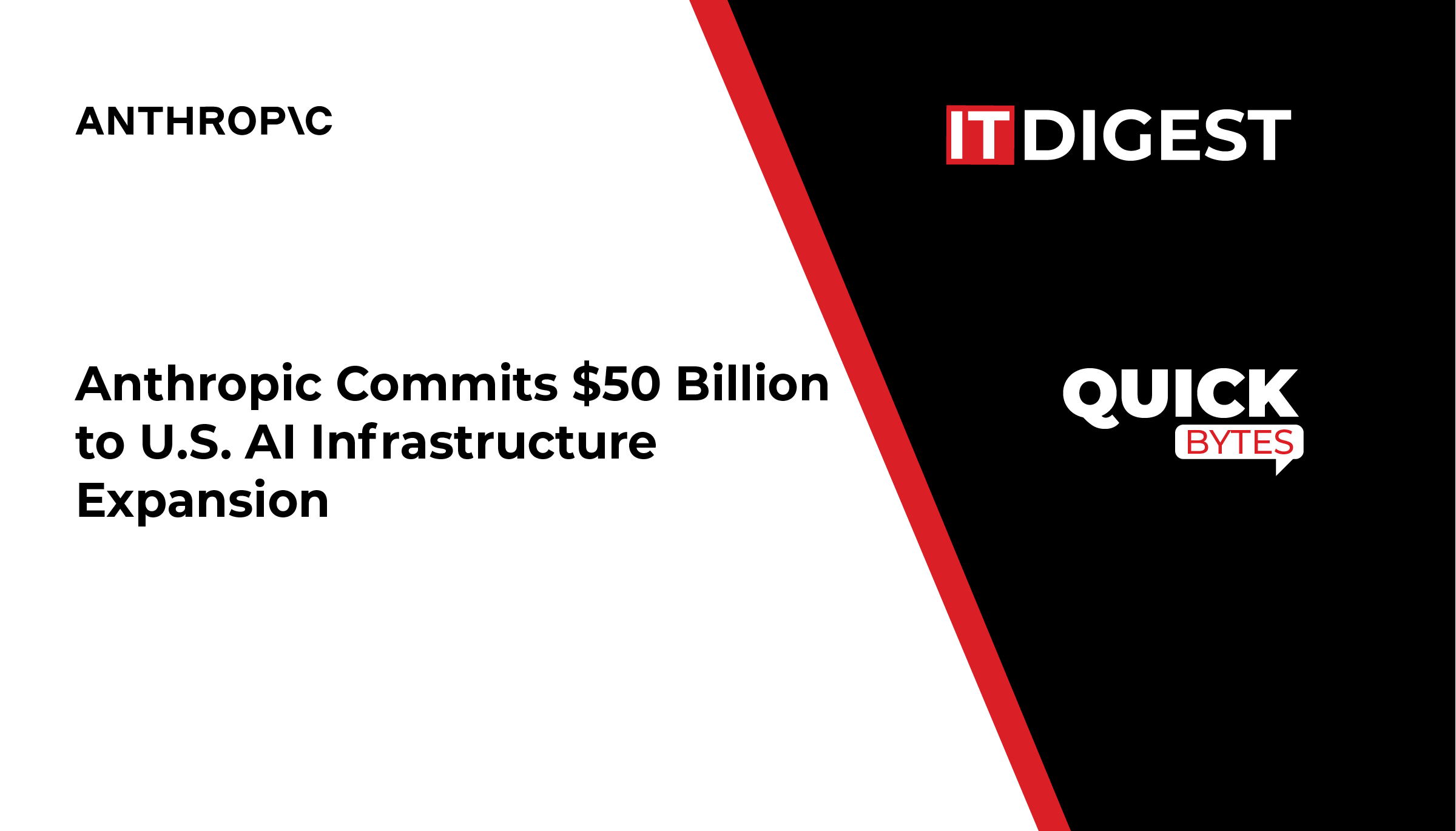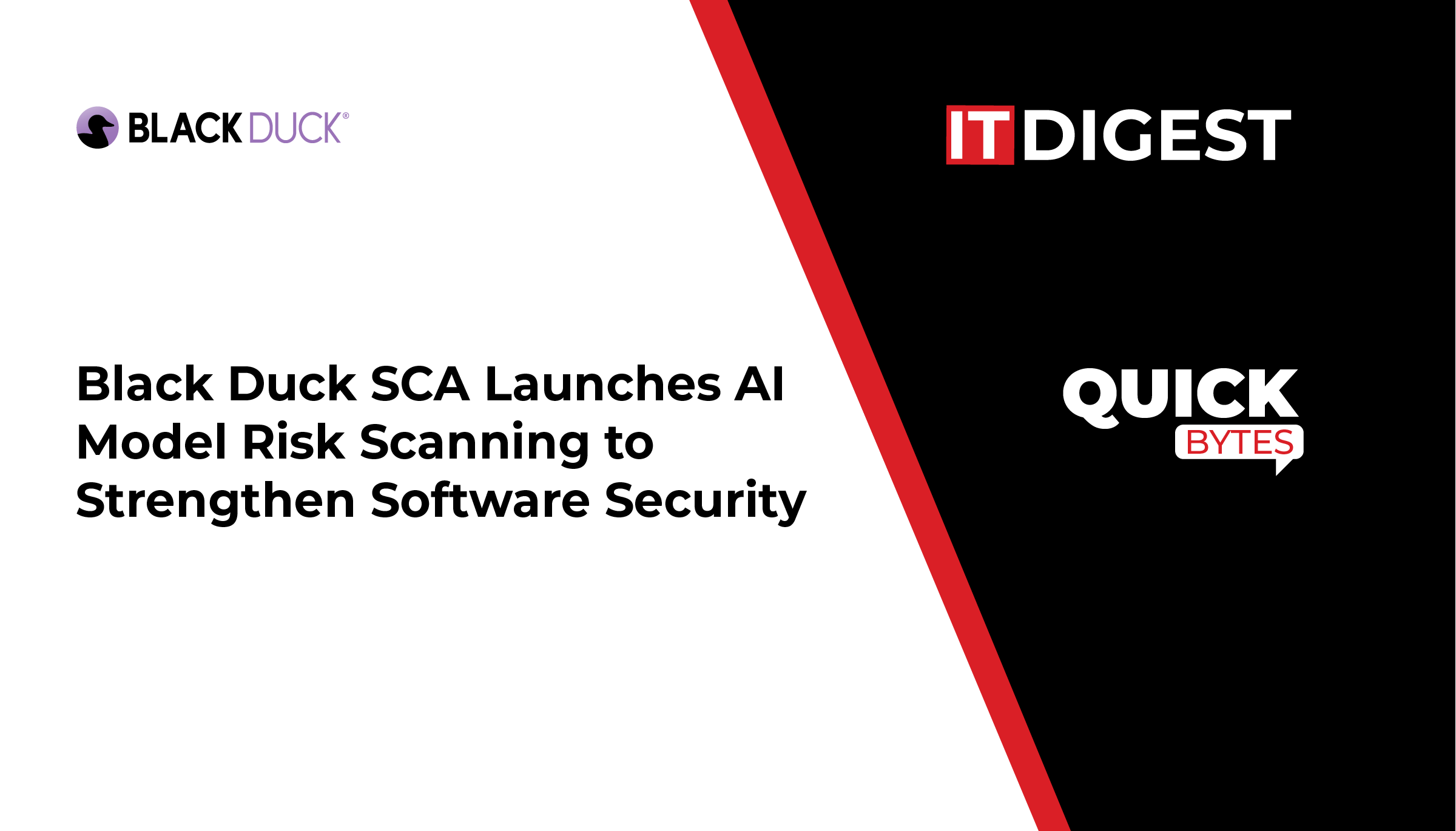IBM is asserting that it is uniquely positioned to “rapidly invent and scale quantum software, hardware, fabrication, and error correction” to unlock what it describes as “transformative applications.”
Why this matters for the quantum-computing industry
The announcement is significant not only for IBM itself, but for the broader quantum computing ecosystem. Several implications are worth highlighting:
Acceleration of the race to quantum advantage
IBM’s roadmap with a claim of achieving quantum advantage by end of 2026 injects urgency into the industry. According to many analysts, the quantum-computing market is transitioning from pure R&D into early deployment phases. One McKinsey report described 2025 as a “magic moment” when quantum technology could leap from concept toward broader adoption. IBM’s statements provide a concrete timeline for that transition, and competitors, startups and ecosystem partners will be watching closely.
From NISQ to fault tolerance
Until recently much of industry discourse has focused on the noisy intermediate-scale quantum (NISQ) era devices with tens to low hundreds of qubits that are error-prone and application-limited. IBM’s claim to have demonstrated all hardware elements needed for fault-tolerant systems (via Quantum Loon) suggests that the industry’s gaze is shifting toward the next inflection: error-corrected, scalable quantum computers. That progression matters because fault tolerance is the gateway to broader classes of applications (rather than niche or “toy” problems).
Software/hardware co-design, ecosystem maturity
The enhancements to Qiskit show software is becoming as much of a differentiator as hardware. IBM emphasises integration with HPC, dynamic circuit control, better error mitigation all of which point to the recognition that quantum-software and architecture matter. As the industry matures, companies will need full stacks: hardware, firmware, algorithm libraries, developer tools, and error-correction infrastructure. IBM’s announcement signals that full-stack maturation is underway.
Fabrication scaling and industrialisation
Moving to 300 mm wafer fabrication and increasing chip connectivity, density and complexity show that quantum hardware is heading toward industrial processes rather than bespoke laboratory builds. This matters for scalability, cost reduction, reliability and mass adoption. The fact that IBM is able to “double the speed” of R&D and “achieve a ten-fold increase” in physical chip complexity (in their words) sets a bar for hardware players.
Benchmarking and community transparency
IBM is contributing to an open, community-led “quantum advantage tracker” (together with partners) to monitor and verify claims of quantum advantage. This transparency helps reduce hype, materialise trust in benchmarking, and provides a reference point for enterprises and investors to assess real progress.
Also Read: IBM Advances to Next Phase of DARPA Quantum Benchmarking Initiative
Implications for businesses operating in or with the quantum computing industry
For businesses whether quantum-hardware vendors, algorithm/software firms, enterprise adopters, or service providers the IBM announcement carries a range of practical implications.
For enterprise adopters (end users)
- Start preparing now: While full commercial quantum computing (especially fault-tolerant) may still be years away, the timeline of 2026 for quantum advantage means that forward-looking companies should be exploring use cases now. Experts suggest that establishing a “quantum task force”, training talent, exploring pilot workloads and building partnerships will provide a competitive edge.
- Focus on near-term quantum value: Even in the NISQ era or near-advantage era, quantum computing is not about replacing classical computing wholesale but about complementing it for specific workloads optimization, simulation, AI/mixed quantum-classical workflows. Businesses should identify where quantum may bring incremental improvements (logistics, supply chain optimization, financial modelling, materials simulation) and start building quantum-ready strategies.
- Risk of lagging behind: Studies in the financial sector show many firms believe quantum technology will be part of business process within the next 10 years; but a significant portion feel underprepared. Businesses that wait for “perfect” quantum may miss early opportunities and learnings.
- Be mindful of cryptography and security: As quantum hardware advances, some encryption methods now considered secure may become vulnerable in future (post-quantum cryptography is becoming a business issue). Early awareness, not panic, is key.
For hardware and software vendors
- Compete on full-stack capabilities: IBM’s announcement emphasises hardware connectivity, error correction, fabrication scale, software stack – this full-stack orientation will raise the bar for vendors. Firms focused only on qubit count may need to broaden their value proposition.
- Ecosystem partnerships matter: IBM’s collaboration with algorithm partners (e.g., Algorithmiq, BlueQubit) and participation in open trackers shows that ecosystems and community benchmarking will play an increasing role. Vendors should consider alliances, open-source contributions, and platform strategies.
- Move from prototype to productisation: The jump to 300 mm fabrication and industrial process signals that quantum hardware is moving out of purely experimental labs. Vendors must think about reliability, yield, manufacturability, servicing, cost per qubit/gate all essential for commercial scale.
- Business models shift: With quantum advantage approaching, service models (quantum-as-a-service, cloud quantum access), algorithm libraries, error-mitigation tools, hybrid quantum-classical workflows will become revenue streams. Vendors need to design for that environment.
For service providers and integrators
- Quantum consulting and implementation services will grow: As enterprises begin to pilot quantum workflows and integrate quantum into their stacks, there will be demand for consulting on quantum readiness, hybrid architectures, algorithm identification, and integration with HPC/AI environments.
- Hybrid-quantum/AI workflows gain prominence: IBM’s integration of quantum hardware with classical HPC and software layers signals that quantum won’t stand alone it will be part of a broader computing stack combining classical, quantum and AI. Service providers need capabilities across all layers.
- Talent and training become differentiators: Given the still-nascent state of quantum, firms that can train or upskill engineers in quantum algorithm development, error mitigation, quantum software/hardware integration will have an edge.
What to watch next
- Are the quantum-advantage claims verified? IBM has signalled expectation of community-verified advantage by end of 2026. Enterprises should monitor the “quantum advantage tracker” and independent benchmarking to assess which applications truly cross the threshold.
- How quickly will fault tolerance move from lab demonstration to commercially useful scale? IBM’s target of 2029 for fault-tolerant quantum is ambitious; actual progress will influence roadmap planning for many businesses.
- What use cases will mature first? Industries with high-value optimisation/simulation workloads (finance, materials science, chemistry, pharmaceuticals, logistics) are likely early adopters. Monitoring which verticals adopt quantum first will inform strategy across sectors.
- What are the cost, power and scaling metrics? As the industry moves to fabrication scale, cost per qubit, gate-error rates, connectivity, and integration with classical infrastructure become key metrics that businesses will evaluate.
- What rules, standards and ecosystem governance will emerge? As quantum systems approach more commercial relevance, standards (hardware, software, error correction, APIs, benchmarking) and regulatory/security frameworks will grow in importance.
Conclusion
IBM’s announcement marks a pivotal moment for the quantum computing sector: the roadmap has grown more concrete, the scale of ambition has increased, and the path toward quantum advantage and eventual fault-tolerant computing is clearer. For businesses operating in or with this industry, the time to act is now. Whether you are a hardware vendor, a software or service provider, or an enterprise end-user seeking competitive differentiation, quantum computing is shifting from “future” to “soon”. Success will belong to those who begin to prepare today build capabilities, identify use cases, train talent, and align strategy with the unfolding quantum wave. The quantum era is no longer hypothetical it is arriving.




